When Peace Had a Chance in Ukraine
A new book revisits the short life of the Minsk II agreement.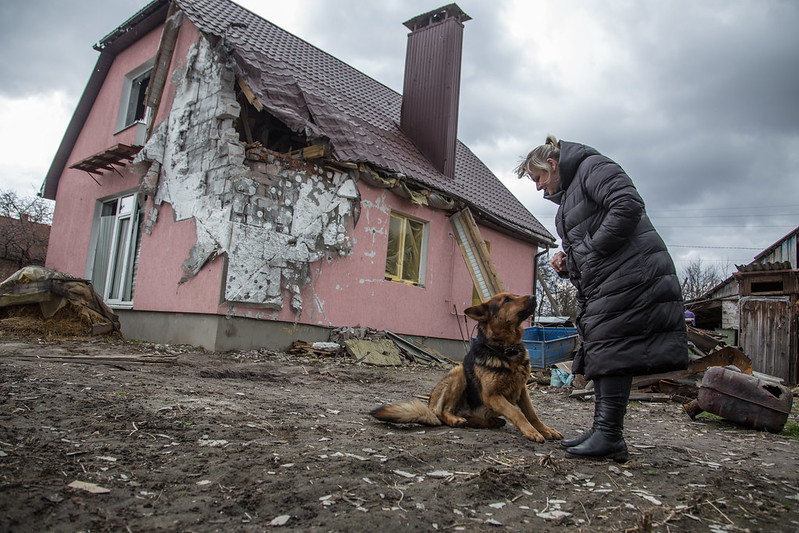 A woman stands near her shelling-damaged house in the village of Novoselivka, Chernihiv Oblast, Ukraine. Photo: Oleksandr Ratushniak / UNDP Ukraine / CC BY-ND 2.0
A woman stands near her shelling-damaged house in the village of Novoselivka, Chernihiv Oblast, Ukraine. Photo: Oleksandr Ratushniak / UNDP Ukraine / CC BY-ND 2.0
The following is excerpted from War in Ukraine: Making Sense of a Senseless Conflict, published last month by O/R Books.
The Minsk II agreement, signed in February 2015, brought the worst fighting of the civil war in eastern Ukraine to an end. While the Ukrainian military cooperated in the cease-fire and the withdrawal of heavy weapons from the buffer zone, efforts by the Ukrainian government to move forward with the political aspects of the agreement, including arranging internationally monitored elections in the breakaway Donbas republics (DPR and LPR) and creating new laws granting them autonomy, quickly ran into domestic and international headwinds.
The official position of the United States was always that it supported the Minsk II agreement. Its public statements blamed Russia for its failed implementation and highlighted cease-fire violations rather than the more critical problems with the political aspects of the agreement.
But the United States also consistently acted as a “spoiler,” a role that conflict resolution experts often observe outside powers playing in the failure of such peace agreements, by quietly incentivizing andsupporting its proxy, in this case the Ukrainian government, to pursue military alternatives to the agreed-upon political resolution.
While the Obama administration prohibited the transfer of “lethal” military aid to Ukraine, it sent $75 million in “non-lethal” military aid in March 2015, right after Minsk II was signed.
Then, a month later, 300 U.S. military trainers from the 173rd Airborne Brigade arrived at Yavoriv in Lviv province to provide “classes on war-fighting functions” to National Guard units fighting in Donbas. The U.S. paratroopers were joined by 200 Canadian and 75 British trainers. Russia warned that this could “seriously destabilize the situation” in Ukraine.
Domestically, the Ukrainian government planned elections in the people’s republics to coincide with local elections in the rest of the country in October 2015. But the plan was derailed by disagreements between Ukraine, Russia, the people’s republics and the OSCE at a meeting in Minsk. The DPR and LPR leaders took matters into their own hands and organized primary elections in 2016 and, finally, general elections in 2018. But the central government took no part in them and the results were not internationally recognized.
The parliament in Kyiv did narrowly pass an autonomy bill for Donbas in 2015, but the bill was criticized from both sides.
The parliament in Kyiv did narrowly pass an autonomy bill for Donbas in 2015, but the bill was criticized from both sides. Russia and the Donbas leaders claimed it did not go far enough to fulfill the terms of the Minsk II agreement, while the right-wing Svoboda Party opposed autonomy for Donbas and organized a violent demonstration outside the parliament building that turned into a pitched battle with police and National Guards.
One National Guardsman was killed, 122 people were hospitalized and 30 were arrested, including a Svoboda member who confessed to throwing a hand grenade at the security forces. Poroshenko called the violent demonstration a “stab in the back” by his extremist partners in the post-coup government, and the bill never reached final passage.
France and Germany continued to host meetings with Russia and Ukraine to try to move forward with the Minsk II agreement, but progress was stymied by President Poroshenko’s inability to control the extreme right in Ukraine.
So the tragic tale of the Minsk II agreement is one of considerable success in reducing the violence of the civil war which was then ultimately undermined by political and diplomatic failure.
Looking only at the military front, Minsk II succeeded in gradually de-escalating the civil war, leading to ever-decreasing civilian casualties over the seven years it was in effect. Of an estimated 3,404 civilians killed in the civil war, only 568 were killed after the end of 2015, and 203 of those were victims of land mines and unexploded munitions.
From 2018 on, more civilians were killed and injured by land mines and unexploded shells than by active hostilities. Only 15 civilians were killed in actual cease-fire violations between 2020 and 2021, while total civilian casualties (dead and wounded) from active hostilities decreased steadily year over year, from 162 casualties in 2018 to only 44 in 2021.
It is worth noting that 81% of those civilian casualties between 2018 and 2021 were in the “republics,” and only 16% in government-controlled territory, supporting the narrative that it was the people of the DPR and LPR who were most often under attack. While the UN has seriously undercounted civilian casualties in Afghanistan and other war zones, the presence of hundreds of OSCE cease-fire monitors in Donbas gives these figures added credibility.
On the political and diplomatic front, however, Minsk II failed due to a lack of will on the part of the government in Kyiv, the anti-democratic power of the extreme right in Ukraine, and a lack of diplomatic and political support from EU countries and the United States.
In January 2017, Donald Trump replaced Barack Obama as U.S. president. Despite ongoing U.S. wars and military occupations in and around the Middle East, the Trump administration shifted U.S. military policy to decisively define “the reemergence of long-term strategic competition” with Russia and China as the “central challenge to U.S. prosperity and security” in its 2018 National Defense Strategy.
The fate of Ukraine and the implementation of the Minsk II agreement were already hostages to the revived U.S. Cold War with Russia, but that conflict was escalating, not abating, with dire consequences for the people of Ukraine, as their country served as coveted and contested territory.
Despite the Democrats’ efforts to smear Trump as a puppet of Russia, he reversed Obama’s prohibition on lethal military aid for Ukraine, and the U.K. and other NATO countries followed suit. Large quantities of new, modern weapons started arriving in Ukraine. The far-right Azov Regiment (formerly the Azov Battalion) was one of the first units to receive U.S. training on new U.S. grenade launchers.
Congressman Ro Khanna had proposed amendments to several military spending bills to prohibit the use of U.S. funds to arm or train the Azov Regiment due to its neo-Nazi ideology and links to other right-wing extremist groups. An amendment was finally passed in 2018.
Since the Azov Regiment was by then fully integrated into the Ukrainian armed forces, it would have required strict monitoring and enforcement by U.S. forces in Ukraine to ensure that it did not receive the same weapons and support as other units, and it is unclear if or how the ban was ever enforced.
After the Russian invasion in 2022 led to the withdrawal of U.S. military trainers and a huge increase in U.S. weapons flowing into Ukraine, it surely became impossible to prevent U.S. and allied weapons falling into the hands of the Azov Regiment, or the international networks of right-wing extremists and terrorists connected to it. U.S. officials admitted and accepted the “risk that some of the shipments may ultimately end up in unexpected places.”
Zelenskyy—Servant of the People
In the 2019 presidential election in Ukraine, Poroshenko was defeated by Volodymyr Zelenskyy, a well-known actor and comedian. Since 2015, Zelenskyy had achieved celebrity status and huge popularity playing a teacher who accidentally became president of Ukraine on a satirical TV show called Servant of the People.
In his comedy routine, Zelenskyy made fun of the post-coup government’s subservient relations with the United States and of Ukraine’s neo-Nazis. He joked that Barack Obama was the real president of Ukraine, and poked fun at right-wing Ukrainians making Nazi salutes. In one routine, he said he’d really like to read Mein Kampf, but couldn’t get a copy because it was sold out in Ukraine.
Clips on YouTube show Ukrainian audiences laughing at these jokes and clearly appreciating Zelenskyy’s digs at the Poroshenko government and Ukraine’s post-2014 political culture. In his campaign for president, Zelenskyy promised to make peace with Donbas and reunify the country. In TV interviews, he identified himself as a Russian-speaker like the people in Donbas, and talked up Ukraine’s historic and cultural connections with Russia.
“In the East and in Crimea, people want to speak Russian,” he said. “Leave them alone. Just leave them alone. Legally provide them the right to speak Russian. Language should never divide our country. I’m of Jewish heritage. I speak Russian. I’m a citizen of Ukraine. I love this country and I don’t want to be part of another.”
When Zelenskyy decided to run for president in 2019 and named his political party after his TV show, Servant of the People, people thought it was a joke. An actor and comedian with no political experience, he was seen as a lightweight. But despite being outspent by four to one, he crushed Poroshenko in the second round of voting by 73% to 24%, with overwhelming support from the Russian-speaking East and South, and large majorities across the country. The only province Zelenskyy lost in the 2019 election was the nationalist, Svoboda heartland of Lviv in western Ukraine.
Although Zelenskyy supported the Maidan protests in 2014 and helped to fund a volunteer battalion fighting in Donbas, his meteoric rise to power was built on promises of peace and unity that seemed to reflect the politics of Viktor Yanukovych more than the Maidan movement that overthrew him.
Following in the footsteps of celebrity politicians in other countries, Zelenskyy ran primarily on the popularity of his fictional character rather than on a specific policy platform, and made a virtue of his “outsider” status.
In his first comments on the civil war as president, Zelenskyy promised to “reboot” peace talks with the leaders of Donbas, and said, “In any case, we will continue in the direction of the Minsk talks, and head towards concluding a cease-fire.” In his domestic politics, Zelenskyy promised to tackle corruption and stand up to oligarchs like Poroshenko, but without challenging the neoliberal policies that were the breeding ground for oligarchs and corruption in the first place.
Following in the footsteps of celebrity politicians in other countries, Zelenskyy ran primarily on the popularity of his fictional character rather than on a specific policy platform, and made a virtue of his “outsider” status. He even said, “No promises, no disappointment.” When he won, Jonah Fisher, the BBC correspondent in Kyiv, asked, “Is life imitating art? Or could we be witnessing a sophisticated, very 21st century election heist?” It was almost certainly both.
To the extent that it was the latter, who was behind the heist? And to the extent that he was really an actor with no real-world political experience, who would end up pulling the strings of this “servant of the people”? As a comedian, he had lampooned Poroshenko as Obama’s puppet, but would he now become Trump’s—and then Biden’s?
Responding to Zelenskyy’s election and promises of peace, Dmytro Yarosh, the founder of the Right Sector and Ukrainian Volunteer Corps militias, threatened Zelenskyy’s life in a TV interview, saying:
“His statements about peace at any price are dangerous. Vladimir has no idea of this ‘price.’ I wish he realized the price he’s speaking about. Does he think we shouldn’t take revenge? I don’t care about the opinion of a bunch of simpletons as this state doesn’t belong to the rabble. It belongs to the warriors who have died for it every day for the past five years. It’s our state, and we aren’t going to give it to passersby.”
“. . . In his inaugural address, Zelenskyy said he was ready to lose his ratings, popularity, position,” Yarosh continued, “But he’ll lose his life. He’ll hang from some tree on Khreshchatyk [Kyiv’s main street] if he betrays Ukraine and those people who died in the revolution and the war. It’s important that he understands this.”
In October 2019, at a meeting with France and Germany in Paris, Zelenskyy signed a new agreement with Russia and the people’s republics to pull back heavy weapons from the Donbas contact line, exchange prisoners, grant autonomy to the DPR and LPR and cooperate on a new election, as agreed in the original Minsk II accord.
When some military units refused his order to withdraw, Zelenskyy traveled to Luhansk province, confronted Azov Regiment troops on live TV and reminded them that he was the president and he was ordering them to withdraw.
But extreme right-wing groups brought in volunteers from around the country to replace Ukrainian troops on the front line, and set up armed checkpoints to impede the withdrawal. On October 14, an estimated 10,000 right-wing protesters marched through Kyiv led by black-clad men with white face masks to conceal their identities. They carried red flares as torches, and chanted, “Glory to Ukraine! No surrender!”
Confronted by the same extremist forces as Poroshenko, and with no support for his peace initiatives from the United States, Zelenskyy abandoned his efforts. Like Poroshenko, he was soon referring to the Donbas leaders as “terrorists” and refusing to talk to them.
The late Stephen Cohen, one of the most respected academic Soviet experts in the United States, lamented Zelenskyy’s lost opportunity, telling reporter Aaron Maté, “. . . the chance for Zelenskyy, the new president who had this very large victory, 70 plus percent, to negotiate with Russia an end to that war, it’s got to be seized. And it requires the United States, basically, simply saying to Zelenskyy, ‘Go for it, we’ve got your back.’”
But the United States did not have his back, because the antipathy to Russia that it shared with the extreme right in Ukraine effectively made it an ally of Svoboda, Right Sector and the Azov Regiment in their campaign to undermine the peace process.
Your support matters…Independent journalism is under threat and overshadowed by heavily funded mainstream media.
You can help level the playing field. Become a member.
Your tax-deductible contribution keeps us digging beneath the headlines to give you thought-provoking, investigative reporting and analysis that unearths what's really happening- without compromise.
Give today to support our courageous, independent journalists.
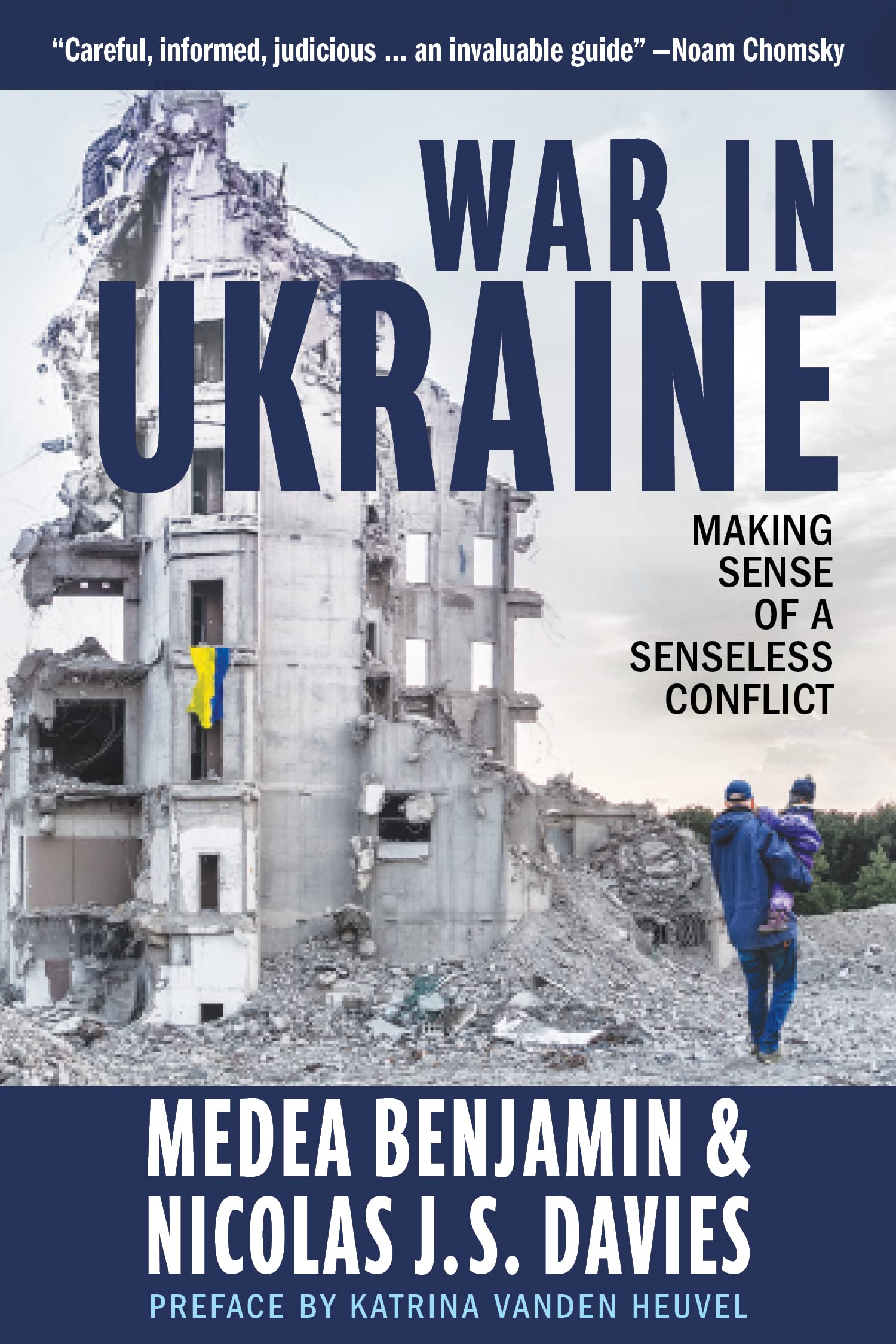
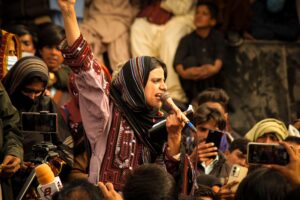
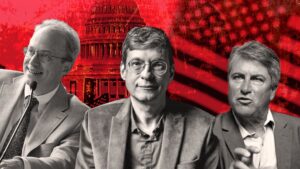
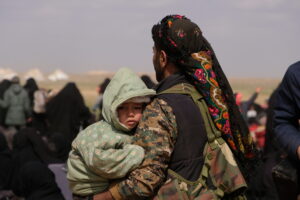
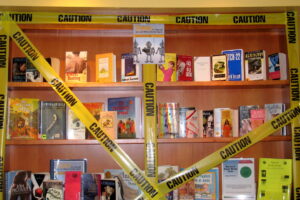

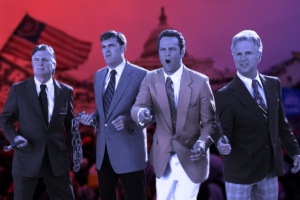
Really good article - Been in Ukraine and Crimea, UA and RF since 08 . I was glad you told many of the facts. Spasibo.